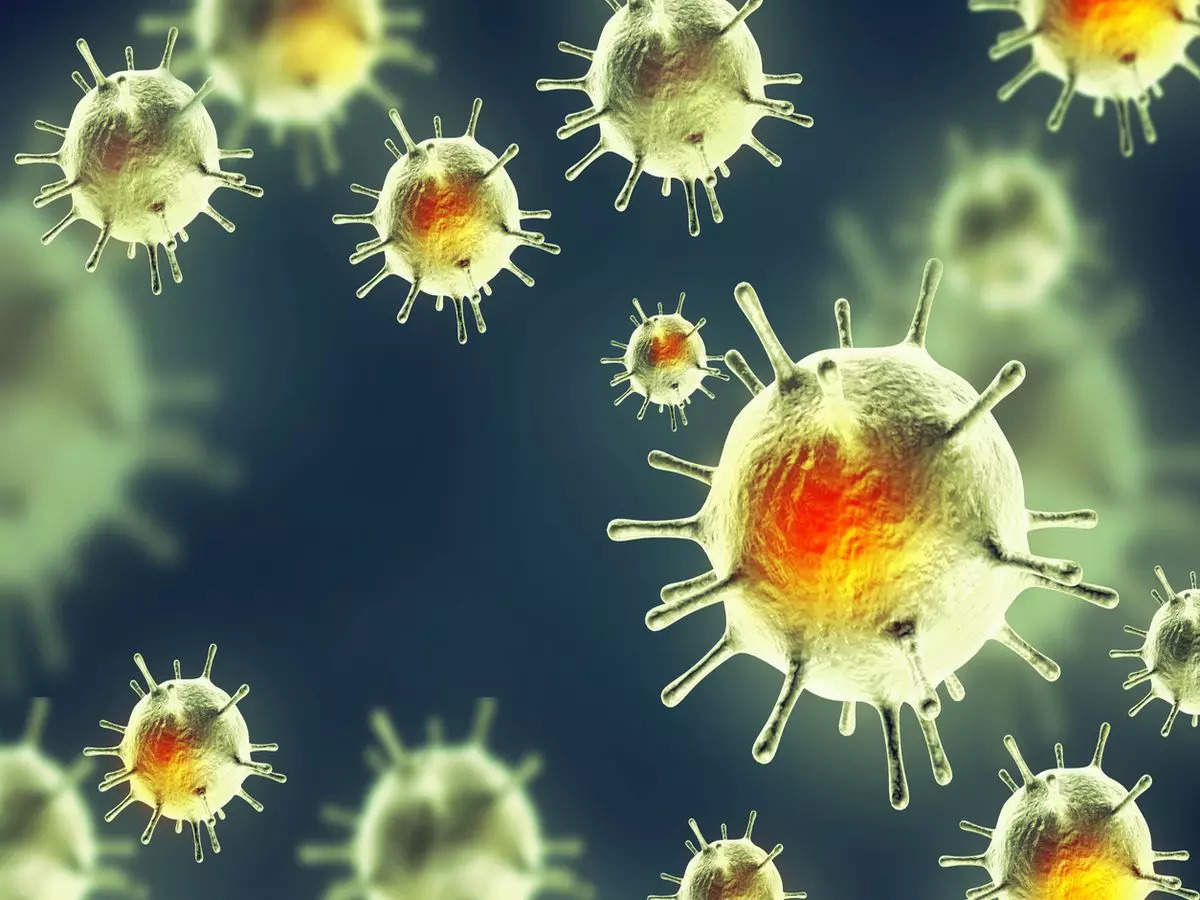
What is Disease X?
As per the World Health Organization (WHO), Disease X is designated to represent a potential unidentified pathogen capable of triggering a severe global epidemic. Currently, the priority diseases include: COVID-19, Crimean-Congo haemorrhagic fever, Ebola virus disease and Marburg virus disease, Lassa fever, Middle East respiratory syndrome coronavirus (MERS-CoV) and Severe Acute Respiratory Syndrome (SARS), Nipah and henipaviral diseases, Rift Valley fever, Zika and “Disease X” itself. WHO regularly revises and supplements this list as necessary, adapting methodologies over time.
According to a research article by the Johns Hopkins Bloomberg School of Public Health, from 1940 to 2004, 335 pathogens emerged, with 60% originating from animals, of which 71% come from wildlife. The potential pool of “unknown” pathogens, the research paper says, including those from which Disease X might arise, is extensive but somewhat confined. It says that Pathogen X is likely zoonotic in origin and vigilant surveillance is crucial for monitoring the emergence of Pathogen X across interfaces involving humans, animals, and the environment.
Addressing the root causes of pandemics, such as securing remaining forests, tackling commercial wildlife trade, enhancing biosecurity in livestock agriculture, and improving human health and economic stability, will require considerable time and resources, says the research paper published in Lancet Planet Health, adding that urgency of the situation demands prompt action.
To reduce the risk of another pandemic, it says, humanity must substantially reduce direct and indirect contact with high-risk wildlife, particularly bats, which are known reservoirs for numerous zoonotic viruses, though the authors have not explicitly mentioned about Disease X. Focusing on bats is crucial for genuine upstream prevention of pandemics, as they harbor a wealth of zoonotic viruses, and their consumption affects relatively few people globally, the authors say.
Minimizing human interactions with bats entails restrictions in four main areas: hunting, consumption, and trade of bats; harvesting, use, and trade of bat guano; cave tourism; and encroachment into bat habitats due to activities like deforestation for livestock, homesteads, mines, and crop agriculture. While recognizing the vast ecosystem services provided by bats, such as insect control and crop pollination, humans should refrain from activities that disturb them, instead protecting their habitats, it says. Blaming wildlife for pandemics is counterproductive; the issue lies with human practices, the authors say. Urgent behavioral changes are needed, akin to the physical distancing advocated during the COVID-19 pandemic, to reduce encounters with new and potentially dangerous pathogens.Similar to previous outbreaks, SARS-CoV-2 likely originated from a bat virus. The mixing of various animal species in markets, both legal and illegal, creates opportunities for pathogen transmission. Efforts to curb wildlife trade have been largely ineffective, contributing to the extinction of numerous species.
Society must address the consumption and trading of wildlife to mitigate the risks of future pandemics and their devastating impacts, the authors say, adding that bats represent a taxonomic group from which humanity can step back with minimal inconvenience, respecting their ecological role. Assistance and compensation should be provided to communities affected by behavioral changes.
It’s time for proactive global action to establish a taboo against disturbing bats, allowing them to inhabit their habitats undisturbed, the authors say. While the precise risk mitigation of such actions is uncertain, preventing pandemics at their source is the fairest approach for all humanity, the authors say.
(You can now subscribe to our Economic Times WhatsApp channel)
















































